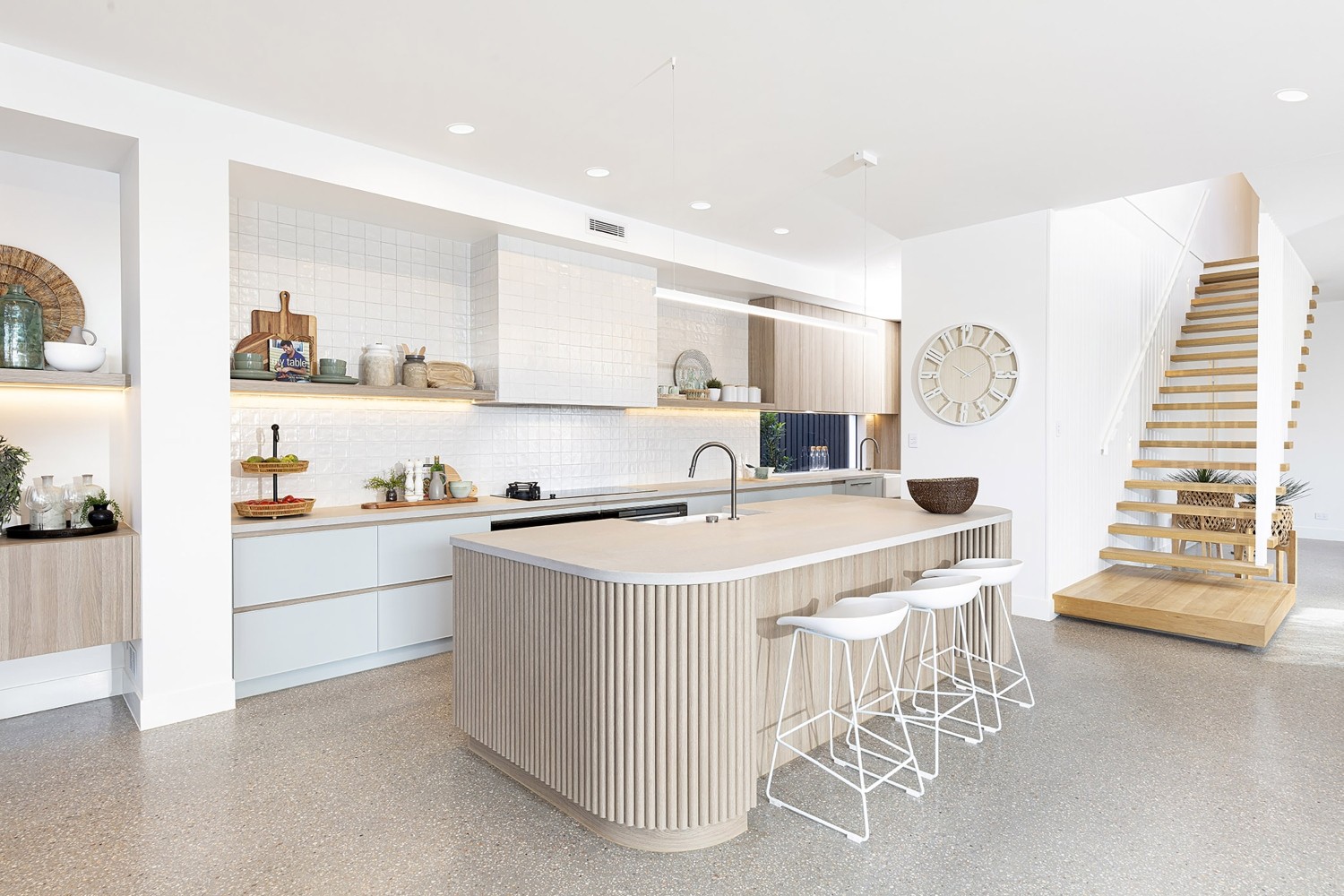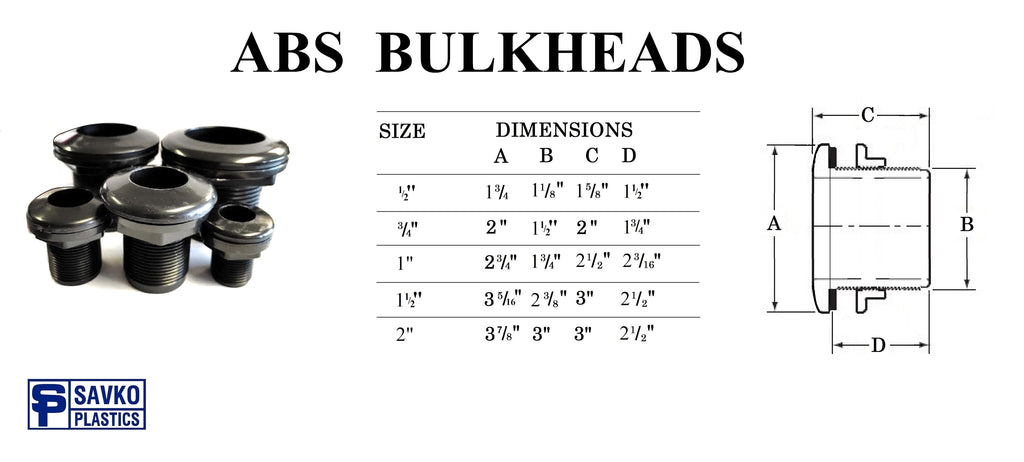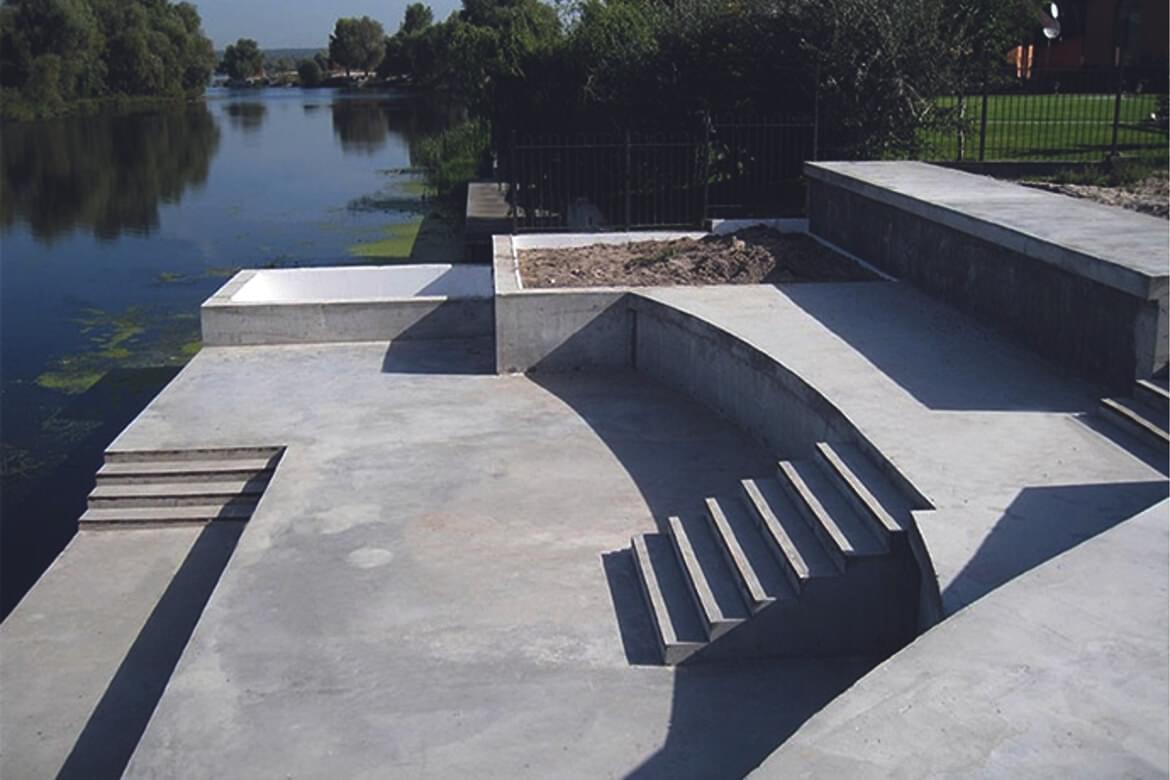Bulkhead on Lake Livingston and Its Role in Sustainability
Checking Out the Various Uses Bulkhead Frameworks in Modern Design
Bulkhead structures play a substantial role in contemporary design, offering both functional and visual objectives. They can specify rooms, enhance storage solutions, and improve illumination. In industrial setups, they work as centerpieces that reflect brand name identity - Bulkhead on Lake Livingston. Additionally, their assimilation commonly sustains sound monitoring and lasting methods. Understanding the complete scope of their applications reveals much concerning modern layout trends and customer experience. What cutting-edge uses of bulkheads might emerge in the future?
Specifying Bulkhead Frameworks
Bulkhead frameworks play an essential duty in modern design, acting as crucial parts in various structure designs. These frameworks are generally defined as raised ceilings or platforms, typically used to hide mechanical systems, electrical wiring, or plumbing. Bulkheads can be discovered in both household and industrial setups, where they give a smooth blend of capability and aesthetics. Their layout can integrate illumination components and various other decorative components, boosting the general visual charm of an area.
Normally constructed from materials such as steel, timber, or drywall, bulkheads can be customized to fit the architectural style and needs of the building (Bulkhead on Lake Livingston). They offer not just to conceal unpleasant framework but additionally to develop specified zones within open spaces. By managing the circulation of an area, bulkheads add to the spatial organization, making them a significant facet of modern building technique. Their definition encapsulates both sensible and aesthetic measurements.
Practical Applications in Residential Style
Bulkhead structures play an essential function in residential design by assisting in room optimization techniques that maximize usable areas. They add visual layout components that improve the visual allure of living rooms. In enhancement, these structures provide essential structural support services, making sure the stability and security of the home.
Space Optimization Techniques
As modern property styles progressively prioritize reliable use of room, ingenious strategies arise to maximize functionality without compromising aesthetics. One famous strategy involves the integration of bulkhead structures, which can mark locations while providing vital storage options. These frameworks can be utilized to produce vertical storage space systems that boost both company and accessibility. In addition, multi-functional furnishings, such as foldable tables and exchangeable couches, complements bulkhead styles, permitting areas to adapt to differing requirements. Open flooring plans even more enhance spatial circulation, urging flexibility in use. Integrating built-in shelving and recessed lights within bulkheads additionally adds to a structured environment, making sure that every square inch of area is utilized properly and harmoniously within the total layout.
Aesthetic Style Elements

Architectural Support Solutions
In modern-day domestic layout, an efficient architectural assistance remedy is vital for preserving the integrity of spaces while optimizing design and performance. Bulkhead structures play a significant function in this situation, working as both support and partitioning elements. They can conceal mechanical systems, such as plumbing and electrical circuitry, while offering reinforcement to the ceiling and flooring systems. By strategically putting bulkheads, engineers can develop defined locations within open flooring plans, boosting use without jeopardizing architectural security. In addition, these structures can suit illumination components, contributing to both looks and usefulness. To summarize, bulkhead frameworks are crucial in household style, supplying versatile support solutions that boost both the functionality and aesthetic charm of living spaces.
Enhancing Visual Appeals in Business Areas
When business areas accept cutting-edge bulkhead structures, they not only define physical borders but likewise considerably boost the general aesthetics of the environment. These architectural components function as aesthetic prime focus, drawing focus and producing a feeling of intrigue. By including diverse materials such as metal, glass, or timber, bulkheads can reflect a brand's identity and objective, adding to a natural style.
Additionally, the strategic placement of bulkheads can adjust light and shadow, adding deepness and measurement to or else flat rooms. This interaction can transform a business area right into a welcoming ambience, motivating client interaction. In addition, making use of shade and structure in bulkhead design can evoke details feelings, improving the general customer experience. Eventually, the thoughtful combination of bulkhead frameworks elevates the visual charm of industrial areas, making them not just useful yet additionally visually captivating, thereby cultivating a long-term impression on visitors.
Acoustic Efficiency and Audio Management
Reliable acoustic efficiency plays an essential role in modern-day design, particularly within business areas where audio administration is crucial. Bulkhead frameworks can greatly improve acoustic high qualities by soaking up sound, reducing reverberation, and mitigating noise transfer in between areas. These features are especially helpful in settings such as dining establishments, cinemas, and workplaces, where clear communication and a positive auditory experience are extremely important.
The calculated placement and design of bulkheads can assist produce sound-buffer areas, properly separating loud locations from quieter ones. Products utilized in bulkhead building and construction, such as acoustic panels and soft finishes, add to their sound-dampening abilities. In addition, the incorporation of bulkheads permits the assimilation of sound-absorbing aspects without jeopardizing aesthetic allure. By resolving acoustic efficiency, engineers can create unified environments that enhance convenience, improve individual experience, and promote performance, making bulkheads an important part in the style of contemporary industrial rooms.
Incorporating Bulkheads for Efficient Room Usage
Usually neglected, the assimilation of bulkheads in architectural style can significantly boost space usage in modern buildings. These structural elements offer several useful purposes, supplying a way to hide mechanical systems, electrical circuitry, and pipes without compromising aesthetic appeals. By purposefully positioning bulkheads, architects can produce defined areas within open layout, thereby facilitating better organization and flow.
Bulkheads can integrate storage services and illumination features, taking full advantage of the capability of otherwise wasted upright area. In household settings, they might delineate areas such as kitchens or living areas, while in commercial spaces, they can improve the effectiveness of layouts by clearly marking pathways and workspace.
Ultimately, the great post to read thoughtful combination of bulkheads adds to a much more organized and visually appealing environment, enabling adaptable spaces that can advance with the requirements of their residents. This approach not just optimizes room but likewise fosters an extra unified interaction in between kind and feature.
Bulkheads in Public Design

Building Aesthetic Enhancements
While lots of architectural elements objective for capability, bulkheads in public style offer a dual objective by improving visual appeal. These frameworks frequently develop visual interest via their design, incorporating flawlessly with surrounding aspects. By using various materials, structures, and shades, bulkheads can add to a special identification for public areas, such as flight terminals, museums, and libraries. Their strategic positioning helps to mark locations, directing visitors while adding depth to the general design. Furthermore, bulkheads can accentuate lights, producing dynamic atmospheres that alter throughout the day. This aesthetic enhancement not just elevates the site visitor experience yet additionally promotes a local color, making bulkheads a vital consideration in modern public architecture. Overall, bulkheads embody the combination of type and feature.

Structural Support Solutions
As engineers seek cutting-edge ways to enhance the architectural stability of public rooms, bulkheads become vital parts in the style and building and construction process. These frameworks give essential support, particularly in locations subject to hefty foot web traffic or dynamic loads. By dispersing weight equally, bulkheads aid prevent architectural failure while permitting flexible layout options. In huge places, such as stadiums and convention centers, bulkheads straight from the source are often integrated right into the general building structure, making certain security and security. In addition, they can help with the consolidation of utilities and mechanical systems, contributing to the effectiveness of area usage. Inevitably, bulkheads stand for an important service in modern-day public architecture, enhancing both capability and safety and security in community-focused environments.
Environmental Management Actions
Including environmental management actions right into public design has come to be progressively important as city designers focus on sustainability together with structural support. Bulkhead structures offer a twin function in this respect, functioning as barriers versus disintegration and flooding while at the same time boosting the visual allure of metropolitan landscapes. Their layout commonly includes natural environments such as plants, which can enhance air high quality and provide environments for wild animals. Additionally, bulkheads can be crafted with permeable materials that enable water absorption, decreasing drainage and advertising groundwater recharge. This combination of eco-friendly factors to consider not just maintains the atmosphere yet likewise cultivates community resilience versus environment adjustment. By utilizing bulkheads effectively, architects add to lasting urban advancement that lines up with modern ecological objectives.
Future Trends in Bulkhead Layout
Arising trends in bulkhead layout mirror a growing focus on sustainability, technology, and functionality in contemporary style. Developers are significantly incorporating environment-friendly materials, such as recycled composites and bioplastics, to minimize ecological impact. On top of that, the integration of smart innovation is becoming prevalent, enabling bulkheads to offer multi-functional purposes, consisting of energy storage space and climate control.
In urban setups, modular bulkhead systems are obtaining traction, offering versatility in style and convenience of installation. These systems can be adapted to various landscapes, allowing for reliable room usage. Additionally, visual considerations are developing; bulkheads are currently being developed to boost visual appeal, commonly including artistic aspects that resonate with regional culture.
As climate durability ends up being a concern, future bulkhead layouts will likely focus on flood protection and stormwater monitoring, guaranteeing structural integrity while resolving environmental challenges. This shift symbolizes an alternative technique to architecture that fulfills both ecological obligations and human demands.
Frequently Asked Questions
What Materials Are Typically Used for Bulkhead Building And Construction?
Usual products for bulkhead building and construction include concrete, steel, timber, and composite products. These choices give resilience, architectural honesty, and resistance to ecological aspects, making them suitable for different applications in building and design jobs.
How Do Bulkheads Impact Structure Power Effectiveness?
Bulkheads enhance developing power effectiveness by offering thermal insulation and reducing air leakage (Bulkhead on Lake Livingston). They help maintain indoor temperature levels, thereby reducing home heating and cooling down demands, ultimately leading to lower energy expenses and enhanced ecological sustainability
Are There Any Building Ordinance Specific to Bulkhead Frameworks?
Yes, developing codes particular to bulkhead frameworks exist, differing by area. These laws commonly resolve security, structural integrity, and access, guaranteeing that bulkheads meet called for standards for building and construction and style within a provided jurisdiction.
Can Bulkheads Be Quickly Customized or Removed Later?
Bulkheads can typically be changed or gotten rid of, depending on their layout and building. Nevertheless, such modifications may require careful planning and adherence to structure codes to assure architectural stability and safety and security are preserved throughout the process.
What Are the Costs Related To Setting Up Bulkhead Frameworks?
The expenses related to installing bulkhead frameworks can vary substantially, usually affected by products, style complexity, and labor. Generally, expenses vary from moderate to high, depending on the project's particular requirements and place.
Bulkhead frameworks play an essential duty in contemporary architecture, serving as necessary elements in different structure layouts. Bulkhead frameworks play a crucial function in household style by helping with area optimization methods that take full advantage of functional areas. Often neglected, the assimilation of bulkheads in architectural style can significantly enhance room application in modern-day buildings. As engineers look for innovative methods to improve the structural stability of public rooms, bulkheads arise as necessary components in the design and construction process. The expenses connected with mounting bulkhead structures can differ substantially, typically influenced by products, design intricacy, and labor.